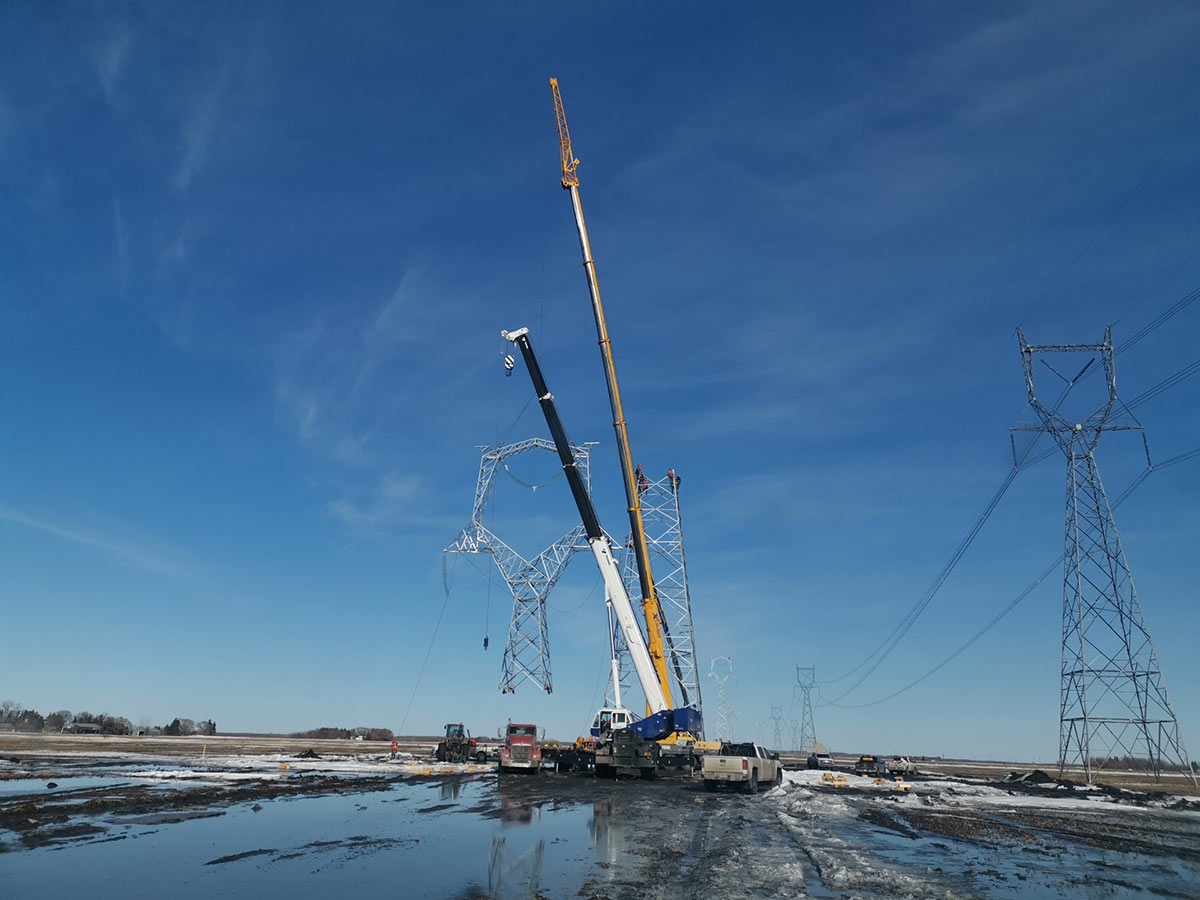Clear Connection of benefits on both sides of the border from interconnections

On June 15, the U.S.-based Centre for Climate and Energy Solutions (C2ES) think tank presented a new white paper, Clean Connection: Canadian and U.S. Electricity at a virtual panel discussion hosted by the Canadian embassy in Washington, D.C., and sponsored in part by the Canadian Electricity Association (CEA).
Manitoba Hydro President & CEO Jay Grewal was part of the panel discussion and shared her thoughts on the importance of United States federal, state and local regulators recognizing Canadian hydropower imports as a source of clean, carbon-free energy.
“Electricity will play an increasing significant role in decarbonizing other sectors of the economy, from transportation to buildings to industry,” said Jay. “It is critical to ensure we have transmission connections available for our neighbours to leverage hydropower resources as part of the equation; additionally, we must also protect those connections and our grid from cyber-security threats.”
In 2019, 73.8* million megawatt-hours (MWh) of electrical energy – enough to power seven million homes – flowed across the U.S.-Canada border in both directions, generating many benefits on both sides, including enhanced reliability, lower carbon and air pollution, and increased grid resilience.
The electricity grids of the U.S. and Canada are highly interconnected. In fact, they represent a single North American grid, composed of over 200,000 miles of high-voltage transmission lines and more than 35 interconnections.
Manitoba Hydro has utilized interconnections for many years as a means of both exporting surplus energy and reserve sharing, providing an important reliability backstop in the event of drought or other system emergencies.
“Our organization also uses interconnections and the complementary nature of summer peaking U.S. utilities and Manitoba’s winter peaking system to enter into beneficial diversity exchange agreements, reducing the need for new capacity in both countries,” says Karyn Scanlon, Manager, Wholesale Power Marketing at Manitoba Hydro.
The value of interconnections and the free two-way flow of energy across the border has only gained importance as different renewable sources such as wind and solar are introduced to the grid.
The C2ES white paper poses that “connecting more low-carbon electricity (i.e., hydropower, wind, solar, and nuclear) on both sides of the border with additional transmission capacity can increase trade and enable a more efficient buildout of clean electricity infrastructure, helping ensure each country achieve its clean energy goals more affordably and reliably.”
Both C2ES and a recent U.S. International Trade Commission report on electricity trade highlight the new transmission interconnection between Minnesota Power and Manitoba Hydro and the unique Power Purchase Agreement with its wind-storage provisions as an example other utilities could follow.
“Despite long-standing relationships and well-recognized benefits, U.S. policies may not always recognize large hydro, or imported electricity as renewable or clean,” says Kristel Arnold. “Advocacy will remain important to ensure that Manitobans receive the greatest value for their clean, dependable and flexible hydroelectricity.”
The C2ES white paper agrees. Written in the white paper: policy signals are needed today to help incentivize investment decisions and create the necessary regulatory environment to continue the integration that can achieve these critical climate objectives.
Both Canada and the United States are seeking to achieve broad economywide decarbonization within the next few decades, and clean connected electricity is the cornerstone. Further electricity integration can help achieve these goals in a reliable and affordable way.
Recognizing the increasing need for non-emitting electricity generation and related infrastructure, President Joe Biden and Prime Minister Justin Trudeau “agreed to take a coordinated approach to accelerating progress towards sustainable, resilient, and clean energy infrastructure, including encouraging the development of cross-border clean electricity transmission.”
